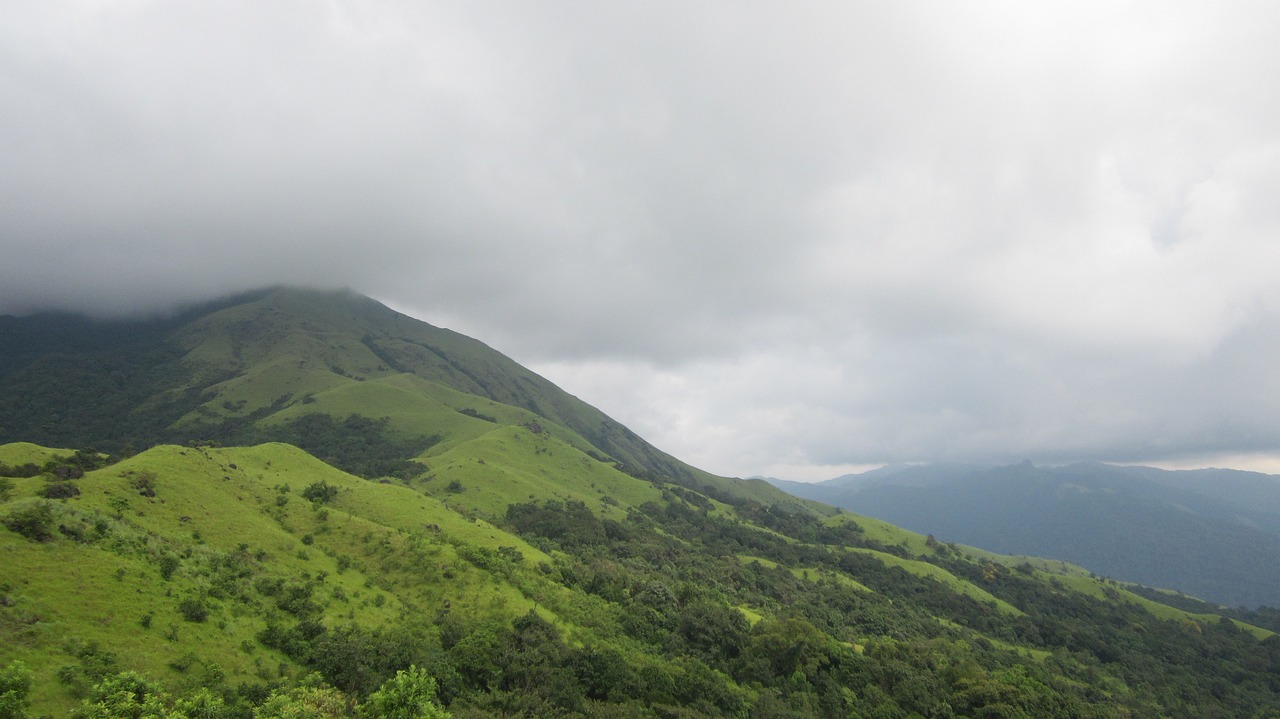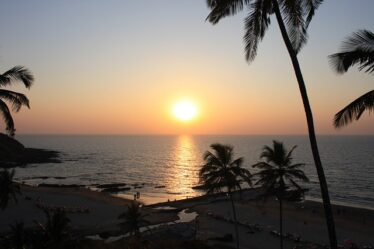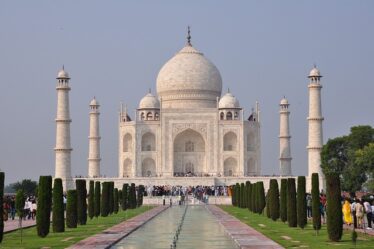
The Badami Caves, located in the town of Badami in the Bagalkot district of Karnataka, India, are a testament to the architectural brilliance and rich cultural heritage of ancient India. These caves are a group of rock-cut temples carved into the cliffs of sandstone hills surrounding the Agastya Lake. The caves are renowned for their intricate carvings, beautiful sculptures, and stunning views, making them a popular destination for history enthusiasts, architecture aficionados, and tourists alike. Here are some fascinating facts about the Badami Caves:
Historical Significance
- Chalukya Dynasty: The Badami Caves were constructed during the 6th and 7th centuries by the Chalukya dynasty, which ruled much of South and Central India from the 6th to the 12th centuries. The Chalukyas were great patrons of art and architecture, and their contributions are evident in the design and intricacy of the Badami Caves.
- Capital of the Chalukyas: Badami, formerly known as Vatapi, served as the capital of the Chalukya dynasty. The caves reflect the power and prosperity of the Chalukya rulers and their dedication to religion and culture.
Architectural Marvels
- Four Main Caves: The Badami Caves consist of four main caves, each dedicated to different deities and reflecting distinct religious influences. The caves are numbered from 1 to 4, and each has unique features and carvings.
- Cave 1: This is a Hindu cave temple dedicated to Lord Shiva. It features a stunning carving of Nataraja, the cosmic dancer form of Shiva, with 18 arms in different dance poses. The cave also has images of other Hindu deities and mythological figures.
- Cave 2: This cave is dedicated to Lord Vishnu and showcases various forms of Vishnu, including Trivikrama, where he is depicted measuring the universe with his foot. The cave is adorned with intricate carvings and pillars.
- Cave 3: The largest and most elaborate of the four caves, Cave 3 is also dedicated to Vishnu. It contains magnificent carvings of Vishnu in different avatars, such as Varaha (the boar) and Narasimha (the man-lion). The cave’s ceiling is decorated with beautiful frescoes and paintings.
- Cave 4: This cave represents the Jain faith and houses statues and carvings of Jain Tirthankaras (spiritual teachers). The main deity in this cave is Mahavira, the 24th Tirthankara. The cave reflects the religious tolerance and diversity of the Chalukya period.
Artistic Excellence
- Sculptural Detail: The sculptures in the Badami Caves are known for their intricate detail and exquisite craftsmanship. The artisans used the natural contours of the sandstone cliffs to create lifelike figures and complex compositions.
- Bas-Relief and Frescoes: In addition to the sculptures, the caves feature stunning bas-relief work and frescoes that depict scenes from Hindu mythology, everyday life, and religious rituals. These artworks provide valuable insights into the culture and beliefs of the time.
Geological Features
- Sandstone Cliffs: The Badami Caves are carved out of soft, reddish-brown sandstone cliffs, which give them their distinctive appearance. The natural erosion of the sandstone over centuries has contributed to the caves’ unique shapes and textures.
- Agastya Lake: The caves overlook the serene Agastya Lake, which adds to the beauty and tranquility of the site. The lake is believed to have been named after the sage Agastya and is considered sacred by the locals.
Preservation and Tourism
- UNESCO Tentative List: The Badami Caves, along with other Chalukya monuments in the region, are on UNESCO’s tentative list for World Heritage Sites. Efforts are ongoing to preserve and protect these historical treasures for future generations.
- Tourist Attraction: The Badami Caves attract thousands of visitors each year, including history buffs, architecture enthusiasts, and pilgrims. The site is well-maintained, with facilities for tourists, including pathways, guides, and informational plaques.
Cultural Impact
- Influence on Later Architecture: The architectural style and artistic techniques used in the Badami Caves influenced later Indian rock-cut architecture, including the famous Ellora and Ajanta caves in Maharashtra.
- Cultural Hub: During the Chalukya period, Badami was a cultural hub, attracting scholars, artists, and craftsmen from across the region. The caves stand as a testament to the flourishing culture and intellectual achievements of that era.
Accessibility
- Location: Badami is located about 500 kilometers from Bangalore, the capital of Karnataka, and is well-connected by road and rail. The nearest airport is in Hubli, approximately 105 kilometers away.
- Visitor Experience: The best time to visit the Badami Caves is during the cooler months from October to March. Visitors can explore the caves, enjoy the scenic beauty of the surrounding landscape, and learn about the rich history and culture of the Chalukya dynasty.
Conclusion
The Badami Caves are a remarkable example of ancient Indian rock-cut architecture and a testament to the artistic and cultural achievements of the Chalukya dynasty. Their historical significance, architectural brilliance, and natural beauty make them a must-visit destination for anyone interested in India’s rich heritage. Whether you are a history enthusiast, an art lover, or a curious traveler, the Badami Caves offer a captivating journey into the past and a deeper understanding of India’s diverse cultural landscape.


